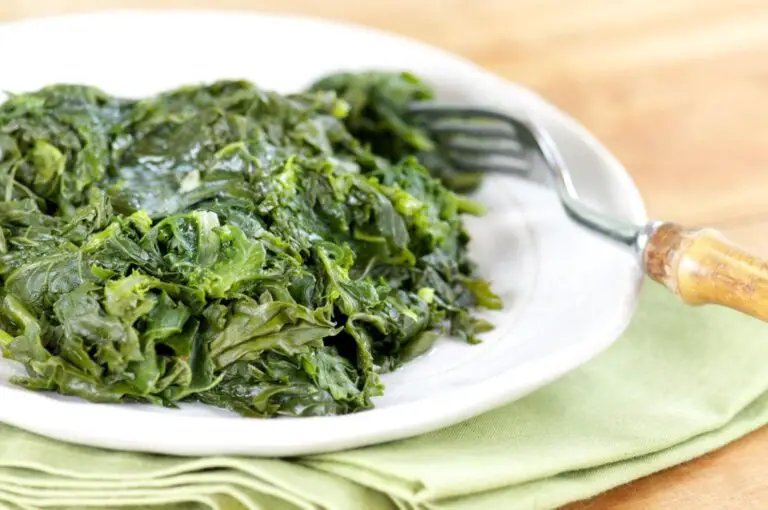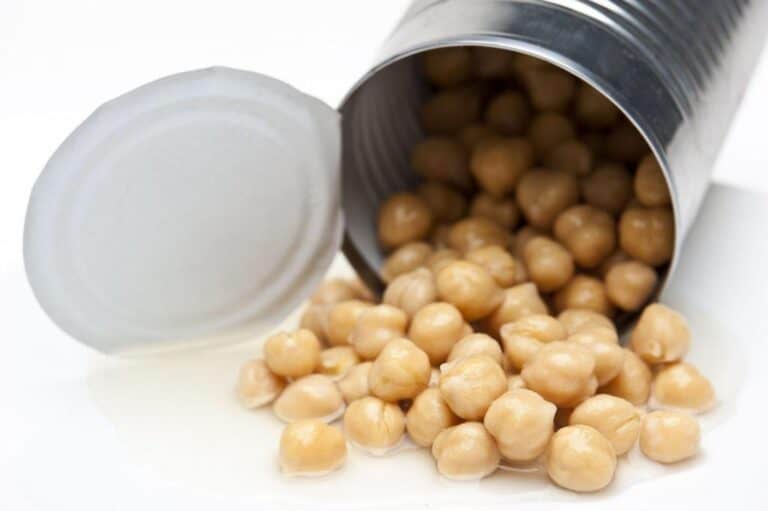How to Reduce Acidity in Tomato Soup (The Ultimate Guide)

Many people enjoy tomato soup because it is a traditional comfort food, but for some people, the acidity can be a bit much. Are you trying to make your tomato soup less acidic because you prefer it that way or due to dietary restrictions? This ultimate guide will walk you through the steps to achieve a perfectly balanced and delicious tomato soup that won’t leave your taste buds in a tangy frenzy.
As a self-proclaimed soup aficionado, I understand the frustration of a spoonful that’s a bit too sharp on the taste buds. In this guide, we’ll dive into the science and art of crafting a tomato soup that strikes the perfect balance. We want to offer a delightful harmony of flavors.
From selecting the right tomatoes to incorporating a secret arsenal of ingredients, each step is a revelation in the pursuit of a tomato soup that delights the palate. Join me as we unravel the mysteries of acidity reduction and transform your kitchen into a haven of delectable soups. Get ready to elevate your tomato soup game to a whole new level!
Understanding Acidity in Tomato Soup
Tomatoes are naturally acidic, and this acidity can vary depending on the type of tomatoes used and their ripeness. The acidity in tomato soup can be a challenge for those with sensitive stomachs or acid reflux issues.
Why is Tomato Soup Acidic?
Tomato soup is inherently acidic due to the natural acidity found in tomatoes. The primary culprit is citric acid, a component that imparts the characteristic tartness to tomatoes. Moreover, the choice of tomato varieties and cooking methods can amplify the acidity.
Some tomato varieties naturally have higher acidity levels. Certain cooking techniques, like prolonged simmering, can concentrate the acidic compounds.
Factors Contributing to Acidity
- Tomato Varieties: Different types of tomatoes exhibit varying acidity levels. For instance, Roma tomatoes are known for their lower acidity, while San Marzano tomatoes are renowned for their sweeter flavor.
- Cooking Methods: The duration and intensity of cooking play a pivotal role. Prolonged cooking can lead to the breakdown of sugars in tomatoes into acids, heightening the overall acidity of the soup.
- Cooking Methods’ Impact: The cooking process itself plays a pivotal role. Prolonged simmering is a common step in tomato soup preparation. It concentrates acidic compounds, heightening the soup’s overall acidity.

How to Reduce Acidity in Tomato Soup
The good news is that there are several simple and effective ways to reduce the acidity without compromising the rich flavor of the soup.
1. Choosing the Right Tomatoes
Start by selecting the right type of tomato. Roma tomatoes, known for their lower acidity, are an excellent choice. Additionally, vine-ripened tomatoes tend to be less acidic than those harvested early. Check for tomatoes that are firm, plump, and free from blemishes.
2. Balance with Sweetness
Counteract the acidity with a touch of sweetness. Adding a natural sweetener like vanilla extract, honey, or maple syrup can help balance out the tanginess. It won’t make your soup overly sugary. Begin with a small amount and adjust according to your taste preferences.
3. Baking Soda Magic
A pinch of baking soda can work wonders at neutralizing acidity. Be cautious with the quantity, as too much can alter the flavor. Start with a quarter teaspoon and gradually add more if needed. Stir well and taste before deciding if additional baking soda is necessary.
4. Incorporate Dairy
Dairy products, such as cream or milk, can mellow down the acidity in tomato soup while imparting a creamy texture. Coconut milk is an excellent, dairy-free alternative. Add the dairy gradually, stirring continuously to prevent curdling.
5. Go for Low-Acidity Broth
Choosing a low-acidity broth can make a significant difference. Opt for a vegetable or chicken broth with reduced acidity to complement the tomatoes. This simple substitution can create a more harmonious flavor profile in your soup.
6. Roast the Tomatoes
Roasting tomatoes before incorporating them into your soup intensifies their sweetness. It also reduces their acidity. Cut the tomatoes in half, drizzle with olive oil, and roast in the oven until they caramelize. This adds a depth of flavor that balances the natural acidity.
7. Add Vegetables
Enhance the complexity of your tomato soup by adding vegetables. Carrots, celery, and bell peppers not only contribute to the nutritional value but also bring sweetness and depth to the flavor. Chop them finely and sauté them before adding them to the soup.
8. Fresh Herbs for Flavor
Fresh herbs like basil, oregano, and thyme can introduce new dimensions to your tomato soup. These aromatic herbs enhance the overall taste. They also contribute to a more nuanced flavor, distracting the palate from the acidity.
9. Serve with a Side
Pair your tomato soup with a side that complements and offsets the acidity. A slice of crusty bread, a dollop of sour cream, or a sprinkle of Parmesan cheese can provide the perfect balance. Each spoonful becomes a delightful experience.
10. Add Sweeteners: Honey or Sugar
A subtle sweetness can do wonders for mitigating acidity. Adding a teaspoon of honey, sugar, or vanilla extract helps round off the edges of the tomato’s tartness, creating a more balanced and enjoyable flavor.
Cooking Techniques to Reduce Acidity in Tomato Soup
Transforming a tangy tomato soup into a well-balanced delight involves mastering techniques. These techniques neutralize acidity. Slow cooking stands out as a game-changer, employing low heat over an extended period to break down acids.
The result? A soup that transcends sharpness, embracing a rich, savory allure that tantalizes taste buds.
Roasting, a culinary wizardry, steps in to alleviate acidity by coaxing out the natural sugars in tomatoes. As they roast, the sugars caramelize. This transforms the soup’s flavor profile into a harmonious blend of sweetness and acidity. The table below highlights the key benefits of each technique.
| Cooking Technique | Benefits |
| Slow Cooking | Mellowing flavors through prolonged heat |
| Roasting | Caramelization of sugars to reduce acidity |
| Blanching | Quick blanching and cooling for balance |
The final technique for reducing acidity is blanching, which involves a brief immersion in boiling water and an ice bath. This method not only retains the soup’s vibrant color and texture but also tempers its acidity. Experimenting with these methods reveals a world of possibilities. It turns a humble tomato soup into a culinary masterpiece.
Conclusion
Reducing acidity in tomato soup is an art that involves a careful balance of ingredients and techniques. Experiment with the suggestions provided to find the perfect combination that suits your taste buds.
You can elevate your tomato soup with these methods. Roast the tomatoes to add a hint of sweetness. You can also incorporate dairy. This will create a savory and comforting dish that everyone can enjoy. Customize these tips to your liking, and soon you’ll be savoring a bowl of tomato soup that is the epitome of perfection.






